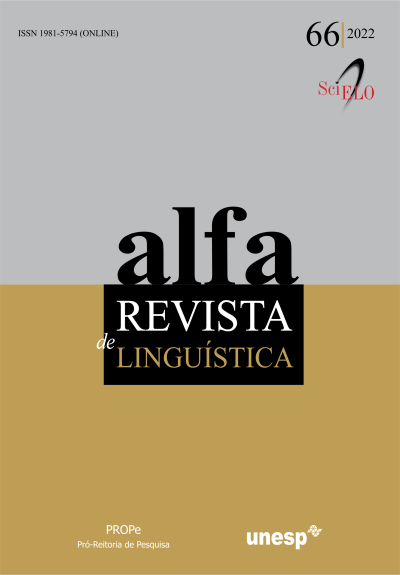The genesis of commas in stories invented by newly literate pupils
identification of metalinguistic activities from inscription and spontaneous comments
DOI:
https://doi.org/10.1590/1981-5794-e15203Keywords:
text production collaborative, dialogue, learning, punctuation, authorshipAbstract
This work analyzes the occurrences of commas and spontaneous verbalizations during the textual production of two 6-year-old French students who write collaboratively. From the studies in Textual Genetics, within a linguistic-enunciative approach, six school manuscripts and their respective writing processes were analyzed. The filmic and multimodal recording of these processes preserved the ecological conditions of the classroom. The dialogue between the students, established during the textual production, was taken as a unit of analysis. The occurrences of commas were identified in the school manuscripts and related to what these students said (commented) about these punctuation marks. The results show that the comma was the most used punctuation mark, but its inscription only occurred in three manuscripts. Almost all occurrences were “remembered” after the story ended, accompanied by comments indicating a “graphic-spatial” understanding for its use. However, its occurrences in the last manuscript produced indicate the beginning of a “linguistic” conception, when the position of the comma competed with the full stop, starting to delimit semantic units. And its inscription is also anticipated by the students, taking place during the linearization process. These two conceptions cohabit the same manuscript, suggesting that the genesis of the comma goes through a “hybrid use” of its functions.
Downloads
Downloads
Published
How to Cite
Issue
Section
License
Copyright (c) 2022 ALFA: Revista de Linguística

This work is licensed under a Creative Commons Attribution 4.0 International License.
Manuscripts accepted for publication and published are property of Alfa: Revista de Linguística. It is forbidden the full or partial submission of the manuscript to any other journal. Authors are solely responsible for the article's content. Translation into another language without written permission from the Editor advised by the Editorial Board is prohibited.

